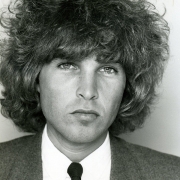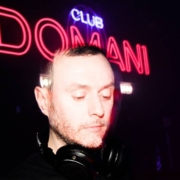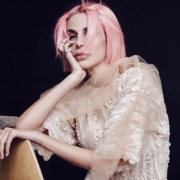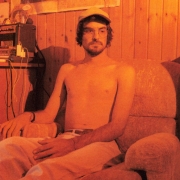’89 pills – Vasco Rossi
“FOR ALL THE FUCKED UP CHILDERN IN THE WORLD, WE GIVE YOU ’89 PILLS”
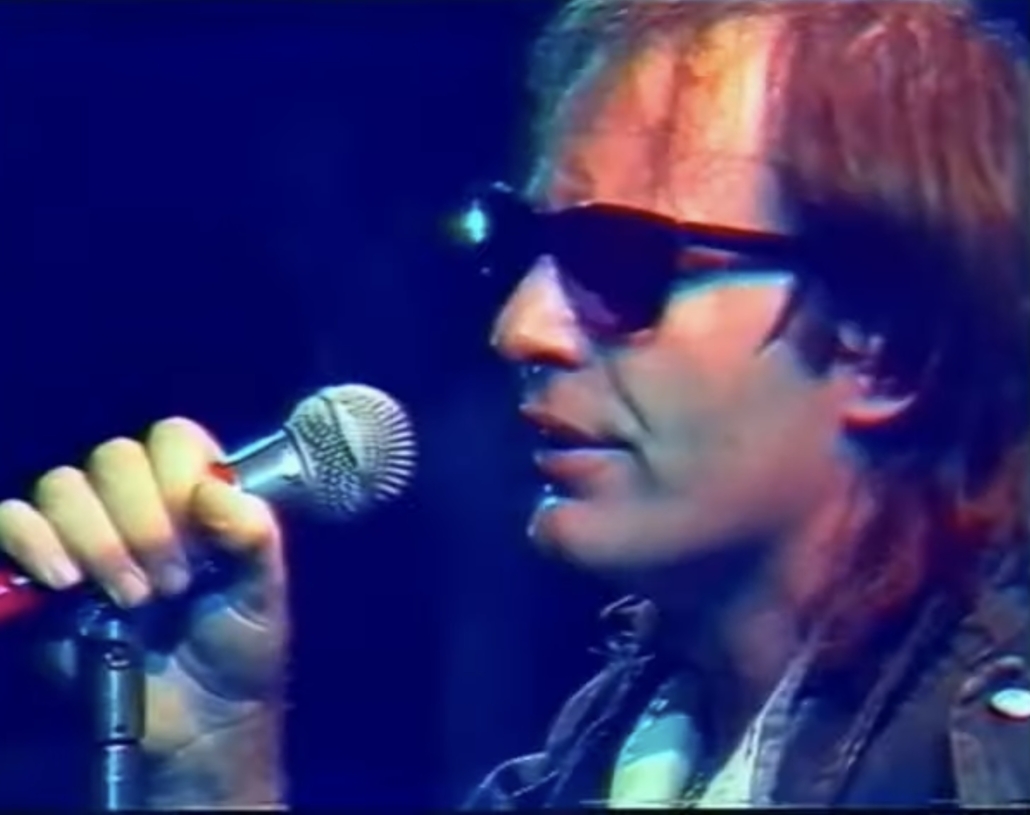
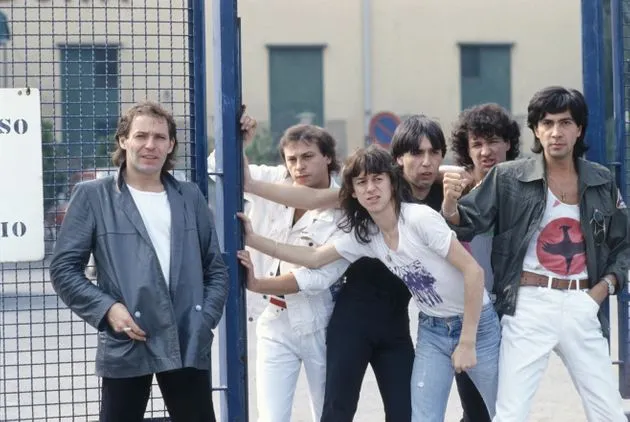
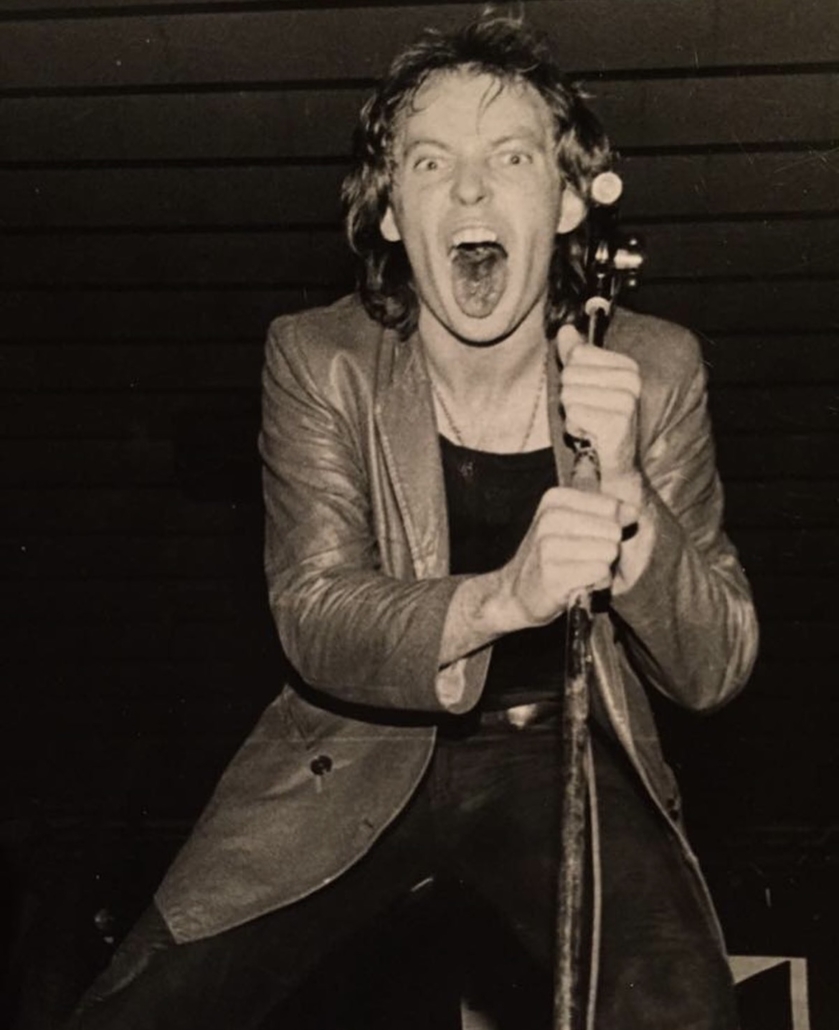
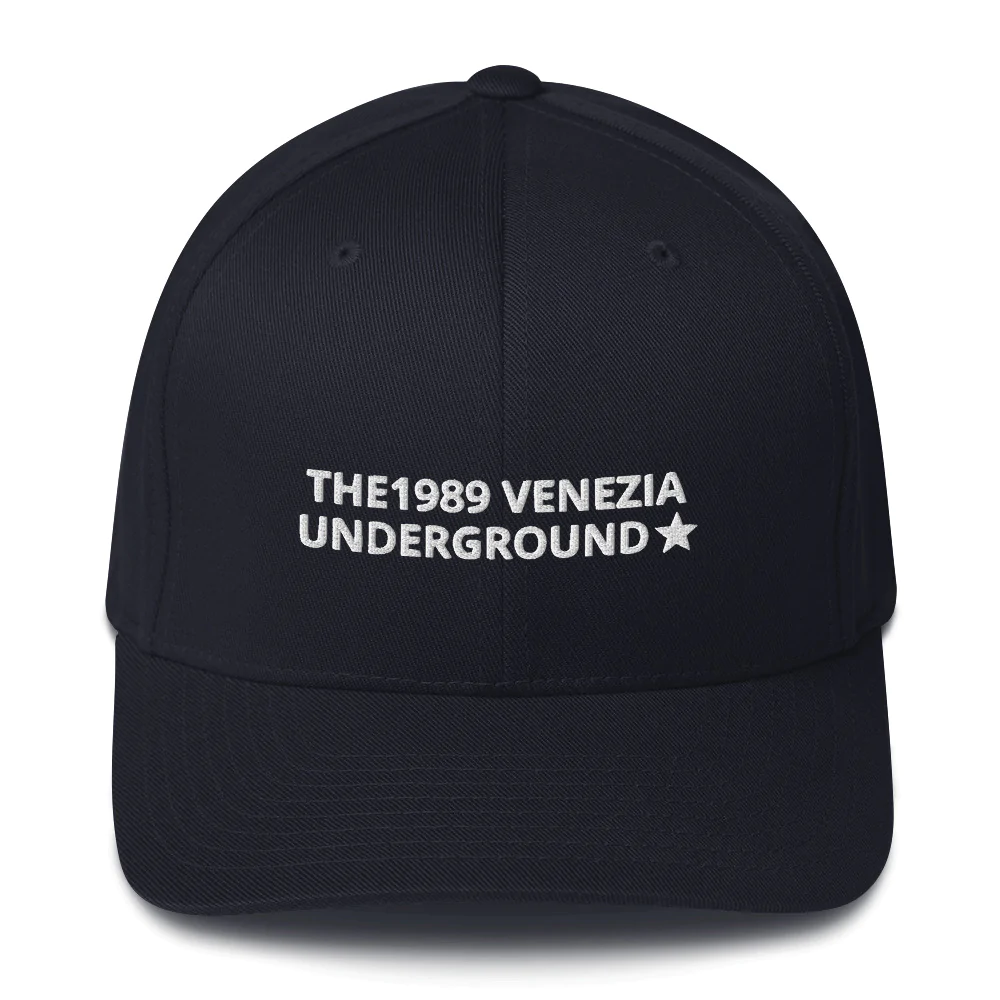
✭ The 1983 album ‘Bollicine’, which contains the super-classics “Una Canzone Per Te”, “Vita Spericolata” as well as the title track “Bollicine”, was voted by Rolling Stone magazine, on the occasion of its special issue celebrating the 100th copy of the magazine, as the most beautiful album ever released by an Italian artist.
✭ L’album “Bollicine” del 1983, che contiene i super classici “Una Canzone Per Te”, “Vita Spericolata” e la title track “Bollicine”, è stato eletto dalla rivista Rolling Stone, in occasione del numero speciale per celebrare la 100esima copia della rivista, come l’album più bello di sempre pubblicato da un artista italiano.
✭ For a very brief period of his adolescence, Vasco was a teacher. In fact, among his various activities before his success, he taught technical education in a middle school in Emilia.
✭ Vasco per un brevissimo periodo della sua adolescenza è stato professore. Infatti, tra le varie attività svolte prima del successo, ha insegnato educazione tecnica in una scuola media emiliana.

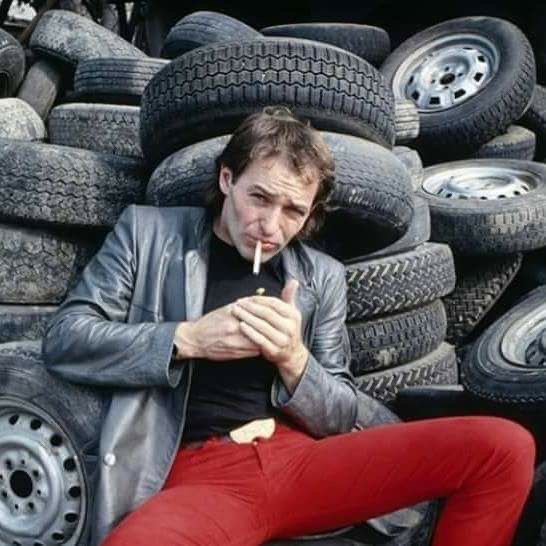
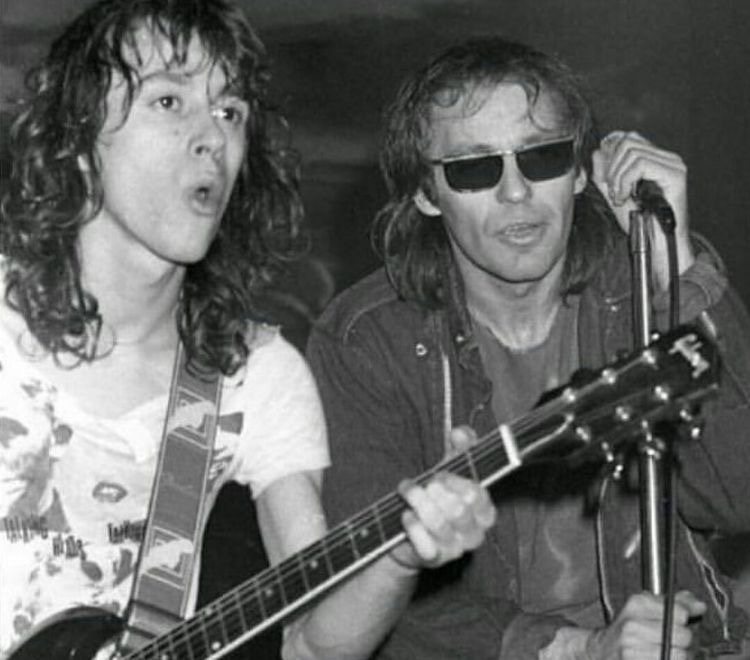
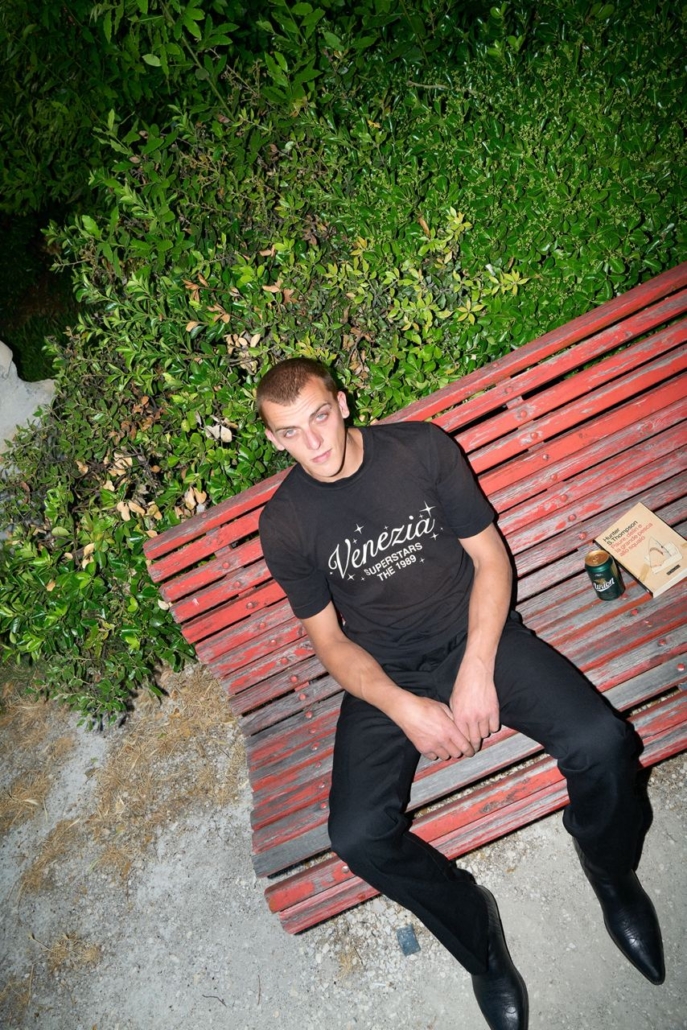
✭ About the famous Roxy Bar, cited in the song “Vita Spericolata” as a meeting place for stars where they could take refuge and drown their problems in whisky, Vasco himself emphasized that the inspiration did not come from a physical place: “But yes, I meant ‘we’ll all meet at the Roxy Bar’ in the sense of what Fred Buscaglione sang in that song ‘Che notte’ where he said ‘m’aspetta quella bionda che fa il pieno al Roxy Bar’. In short, it was more symbolic, I wasn’t thinking of a bar”.
However, following the song’s great success, the journalist Red Ronnie organized a photo shoot starring the rock star from Zocca at the Roxy Bar in Bologna, of which Vasco was completely unaware. When he saw the photos, Guido Elmi, Vasco’s historic producer, asked for one to be published in the inner envelope of the “Bollicine” album, and so the false myth of the Bologna bar was born. The managers fed it very cleverly, telling fibs to Vasco fans who came there, such as: “Vasco? He was here 10 minutes ago” or “Surely in the afternoon he will come by” or “Yesterday he came, today who knows”. In reality, Vasco only went to the Roxy Bar in Bologna once, for the photo shoot, and never returned.
✭ In merito al celebre Roxy Bar, citato nel brano “Vita Spericolata” come luogo d’incontro delle stars ove rifugiarsi per annegare i problemi nel whisky, lo stesso Vasco ha sottolineato come l’ispirazione non arrivasse da un luogo fisico : “Ma sì io intendevo ‘ci troveremo tutti al Roxy Bar’ nel senso di quello che cantava Fred Buscaglione, in quella canzone, Che notte, in cui diceva ‘m’aspetta quella bionda che fa il pieno al Roxy Bar’. Insomma era una cosa più simbolica, non pensavo a un bar”.
Tuttavia in seguito al grande successo ottenuto dalla canzone, il giornalista Red Ronnie organizzò un servizio fotografico con protagonista la rockstar di Zocca presso il Roxy Bar di Bologna, di cui Vasco peraltro ne ignorava completamente l’esistenza. Quando vide le foto Guido Elmi, storico produttore di Vasco, ne chiese una da pubblicare nella busta interna dell’album “Bollicine”, e così nacque il falso mito del bar bolognese. I gestori lo alimentarono molto abilmente, raccontando frottole ai fans di Vasco che arrivavano lì, del tipo: “Vasco? Era qui 10 minuti fa” oppure “Di sicuro nel pomeriggio passerà” o ancora “Ieri è venuto, oggi chissà”. In realtà Vasco andò solo una volta al Roxy Bar di Bologna, in occasione del servizio fotografico, e non vi tornò mai più.
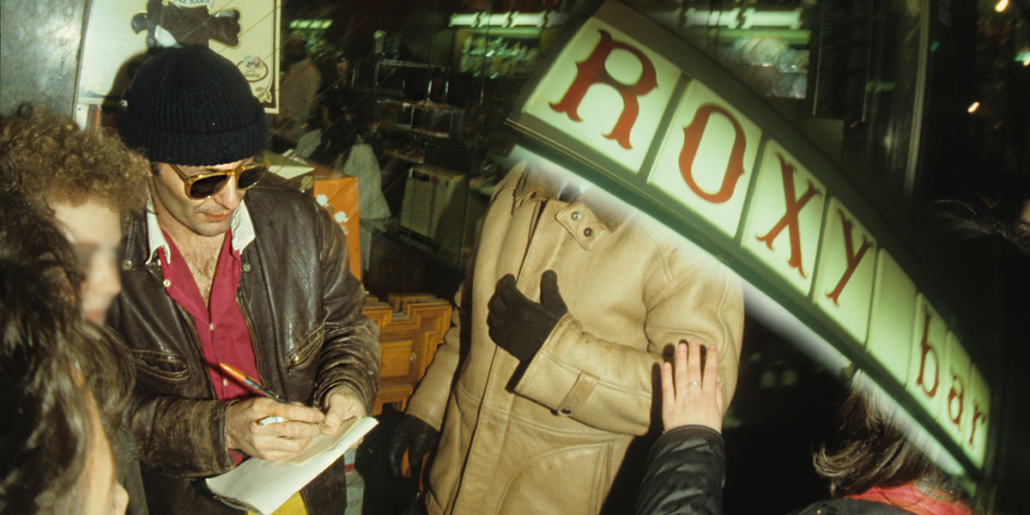

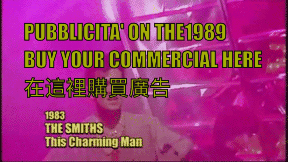
✭ To avoid ‘Naia’, the compulsory military service, while working on his second album “Non Siamo Mica Gli Americani” in 1979, he thought of going for a medical examination and declaring himself a drug addict. Indeed, traces of amphetamines were found in the tests, and the rocker was exempted from the draft.
✭ Per evitare la “Naia”, ossia il servizio militare obbligatorio, mentre lavorava al suo secondo disco “Non Siamo Mica Gli Americani” del 1979, pensò di presentarsi alle visite mediche e dichiararsi tossicodipendente. Effettivamente nelle analisi vennero ritrovate tracce di anfetamine e il rocker venne esentato dalla leva.
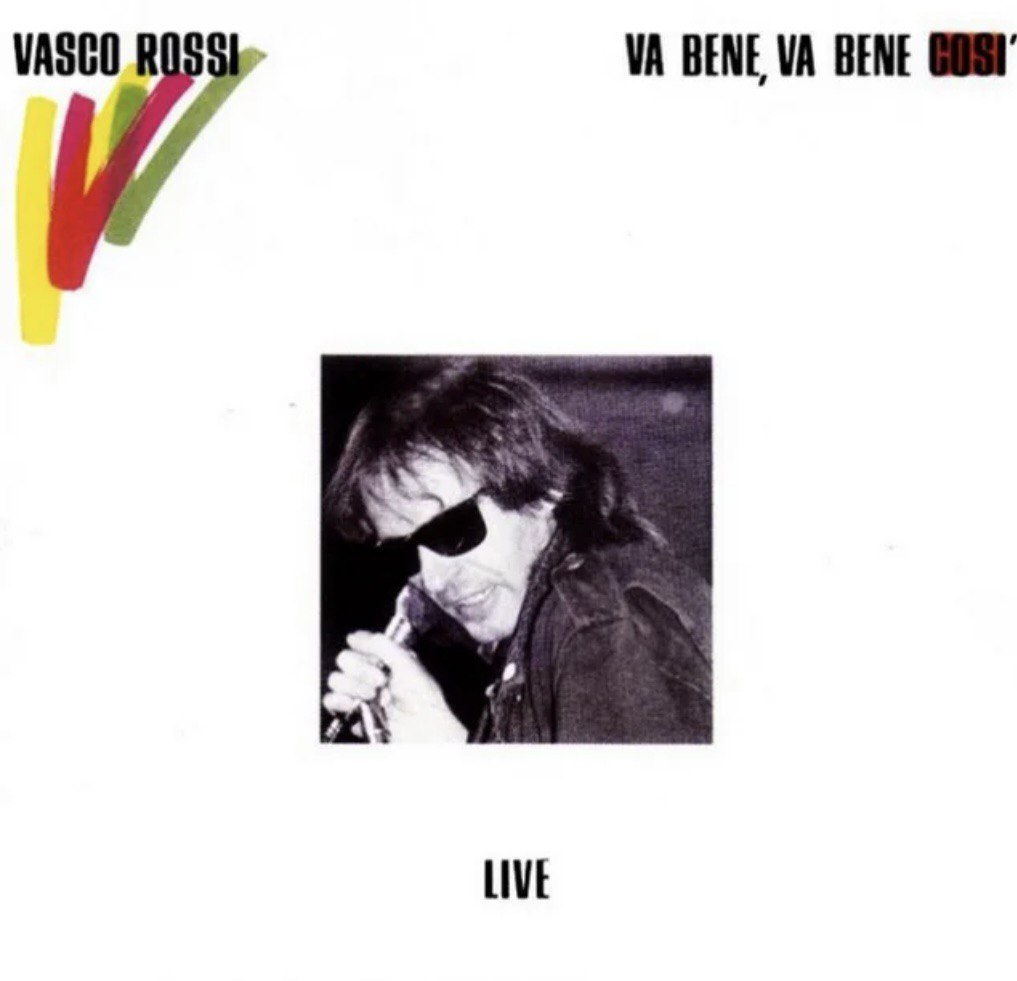
✭ Vasco bought at an auction sponsored by Brigitte Bardot, the sheets that once belonged to the actress herself. Bardot, by Vasco’s admission, has always been one of his main erotic dreams. Even at the age of thirteen, he ran away from Zocca to Rome, where the French actress was busy recording the film “Il Disprezzo”. He even managed to sneak onto the set and see her up close, getting her autograph.
✭ Vasco ha acquistato in un’asta promossa da Brigitte Bardot, le lenzuola che una volta appartenevano alla stessa attrice. La Bardot, per stessa ammissione di Vasco, ha da sempre rappresentato uno dei suoi principali sogni erotici. Addirittura a tredici anni scappò da Zocca per raggiungere Roma, dove l’attrice francese era impegnata per la registrazione del film “Il disprezzo”. Riuscì perfino ad intrufolarsi sul set e a vederla da vicino, ottenendo anche l’autografo.


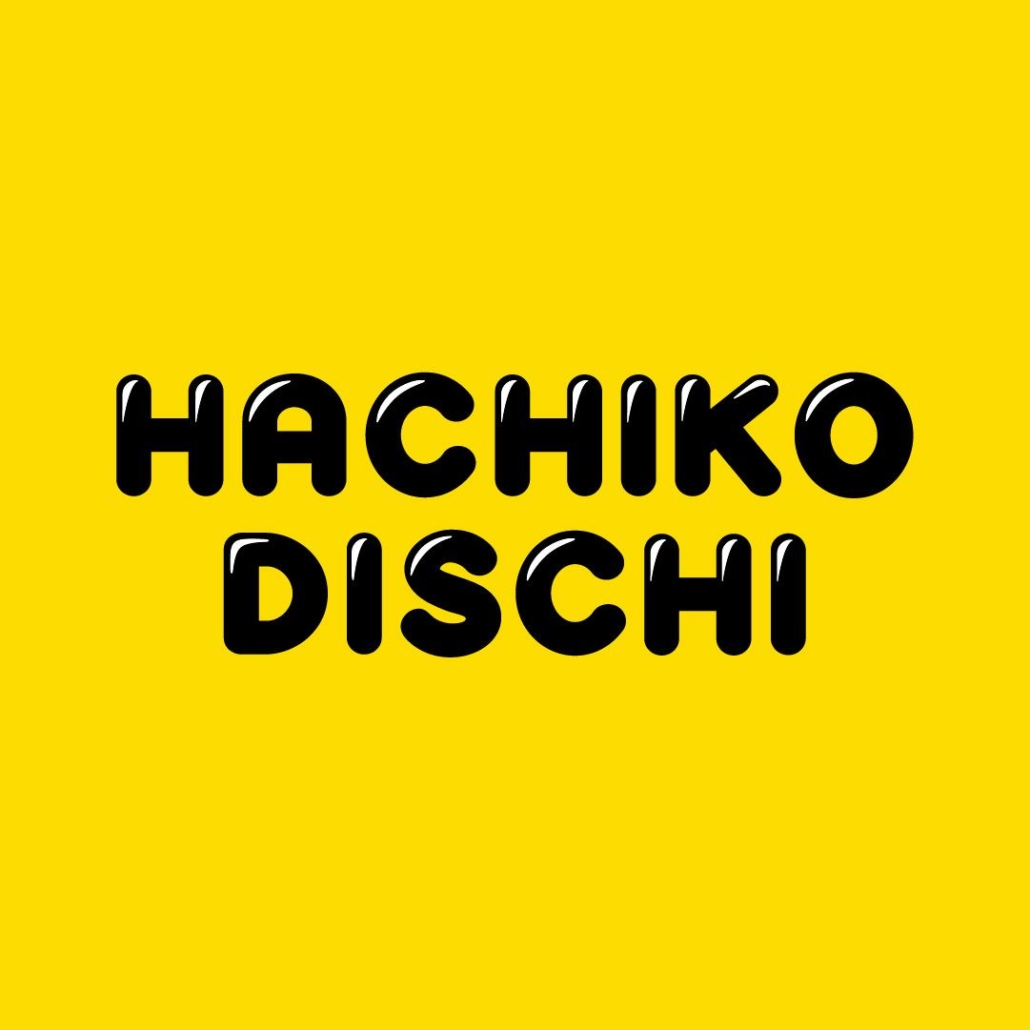
✭ Vasco’s mother Novella Corsi, in an interview in the days following her son’s arrest for drug possession, declared: “No more drugs, drop everything and go home. Vasco drinks too much, takes a lot of junk, and is always around a bunch of stoned people”.
✭ La signora Novella Corsi, madre di Vasco, in un’intervista rilasciata nei giorni successivi all’arresto del figlio per detenzione di stupefacenti, dichiarò: “Basta droga, pianta tutto e torna a casa. Vasco beve troppo, prende un sacco di porcherie e ha sempre intorno una manica di sballati”.
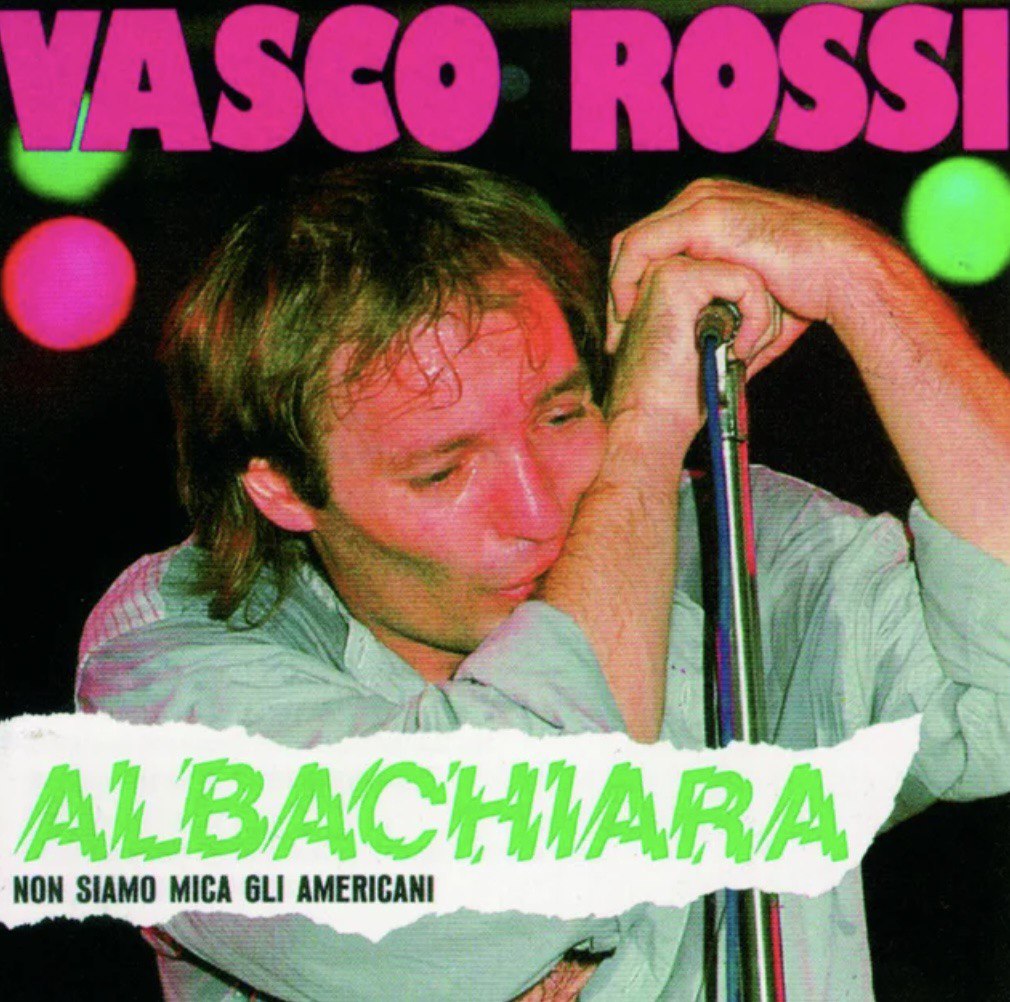
✭ In the video of the famous song “Gli Angeli”, partially recorded in the Nevada desert, Vasco uses a black leather coat by Giorgio Armani. The rocker had bought it a few days earlier in the Italian designer’s boutique on Rodeo Drive in Beverly Hills. The person in charge of settling the bill before paying asked if he could have “a discount”. The shop assistant withheld the full amount from the credit card, asserting that it was not part of the brand’s policy to give discounts. The episode somehow reached the designer’s ears. Indeed, once back in Italy, Vasco received an apology note with an invitation to visit his showroom at the first opportunity: Armani dressed Vasco and some members of his staff from head to toe, this time without presenting the bill. Since then, the rocker and the designer have been close friends, and Mr. Giorgio has attended several concerts from the grandstand.
✭ Nel video della celebre canzone “Gli Angeli”, registrato parzialmente nel deserto del Nevada, Vasco usa un cappotto di pelle nero griffato Giorgio Armani. Il rocker lo aveva comprato qualche giorno prima nella boutique dello stilista italiano di Rodeo Drive, a Beverly Hills. La persona incaricata di saldare il conto prima di pagare chiese se si potesse avere «uno sconticino». La commessa trattenne dalla carta di credito l’intero importo, asserendo che non faceva parte della policy del marchio concedere sconti. Evidentemente l’episodio in qualche modo giunse alle orecchie dello stilista. Infatti, una volta rientrato in Italia, Vasco ricevette un biglietto di scuse con l’invito di recarsi nel suo show room alla prima occasione: Armani rivestì Vasco e alcuni componenti del suo staff da capo a piedi, questa volta senza presentare il conto. Da allora il rocker e lo stilista sono molto amici, e Mr. Giorgio ha assistito dalla tribuna d’onore a svariati concerti.
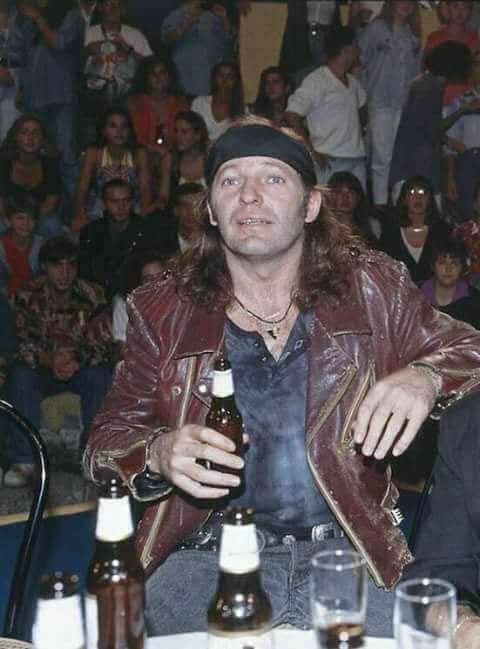
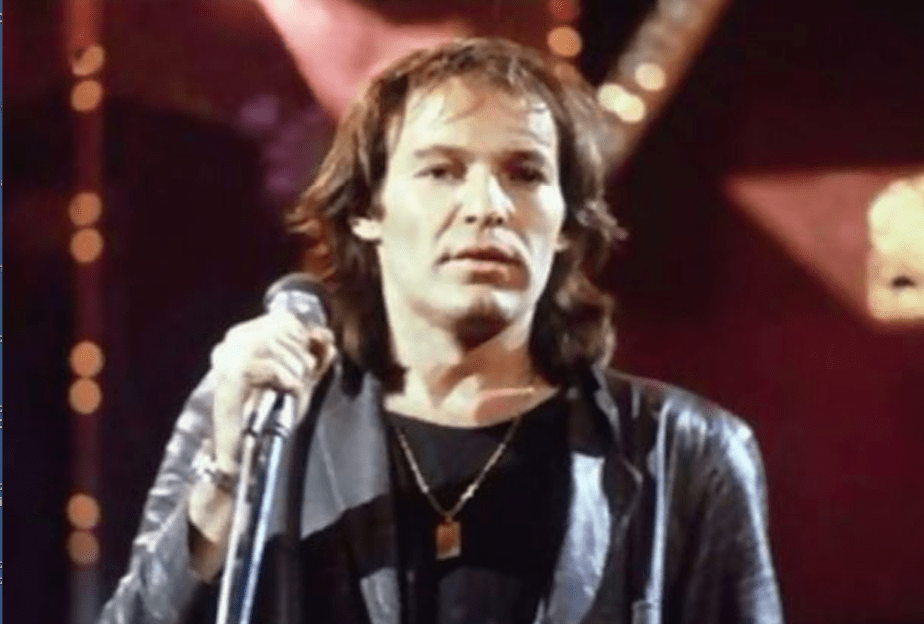
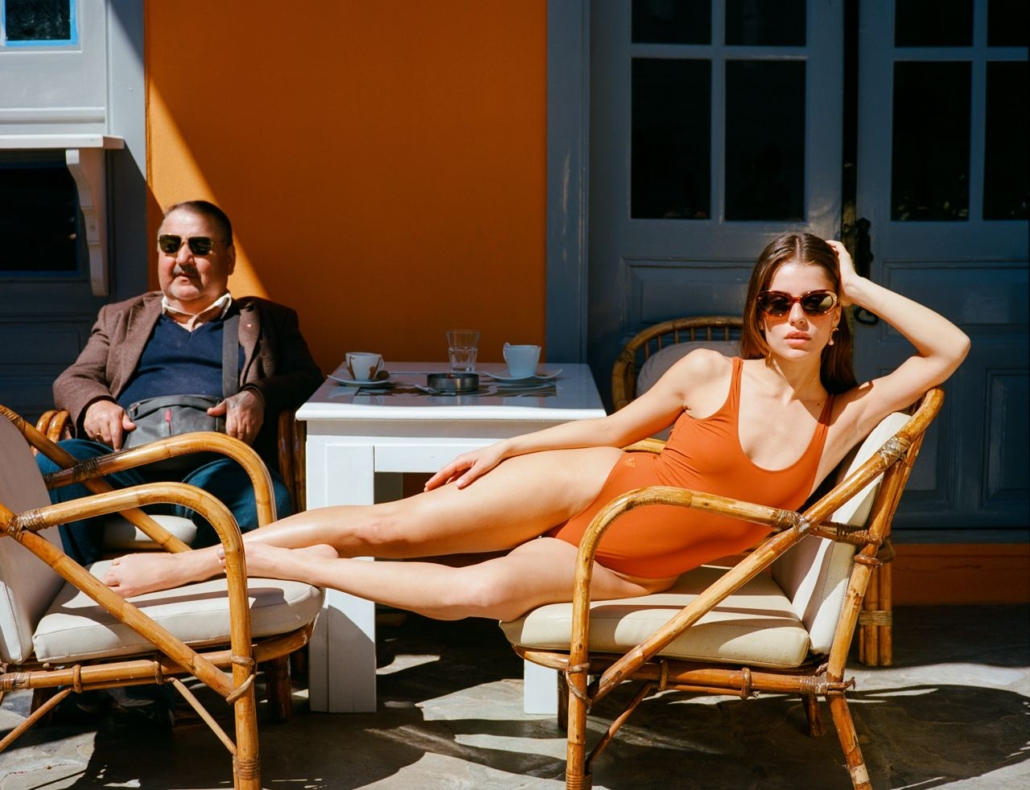
Campaign shot by Chris Kontos (read here Venezia ’89 – Ode on a Venetian Urn by Chris Kontos)
✭ Vasco Rossi has performed at more than 800 concerts in his career and holds the world record for paying spectators at a solo concert (225173 at Modena Park 2017).
✭ Vasco Rossi nella sua carriera si è esibito in più di 800 concerti e detiene il record mondiale di spettatori paganti in un concerto solista (225173 a Modena Park 2017).
✭ “You live in the balance and smoke your Lucky Strikes and you realize how much you curse them” is a famous passage in the lyrics of “Gli Angeli” published in 1996.
As Vasco himself explains, the song was written years before its publication, coinciding with the news that his long-time manager Maurizio Lolli had been diagnosed with lung cancer. Lolli, to whom the song is dedicated, died in 1994 but was able to hear “Gli Angeli” in its final version, which he liked very much.
✭ “Vivi in bilico e fumi le tue Lucky Strike e ti rendi conto di quanto le maledirai” è un celebre passaggio del testo de “Gli Angeli” pubblicata nel 1996.
Come spiega lo stesso Vasco, la canzone è stata scritta anni prima della pubblicazione, in concomitanza della notizia che al suo storico manager Maurizio Lolli era stato diagnosticato un tumore ai polmoni. Lolli, al quale la canzone è chiaramente dedicata, morirà nel 1994 ma riuscirà ad ascoltare “Gli Angeli” nella sua versione definitiva, che peraltro gli piacque moltissimo.
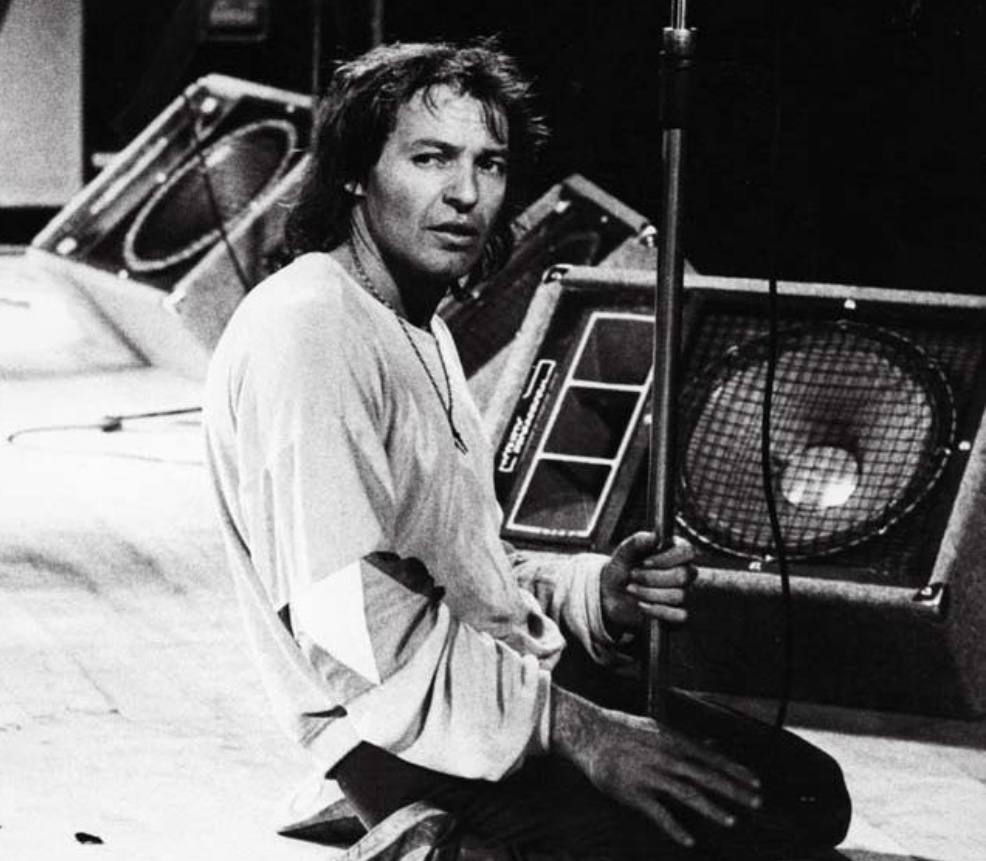


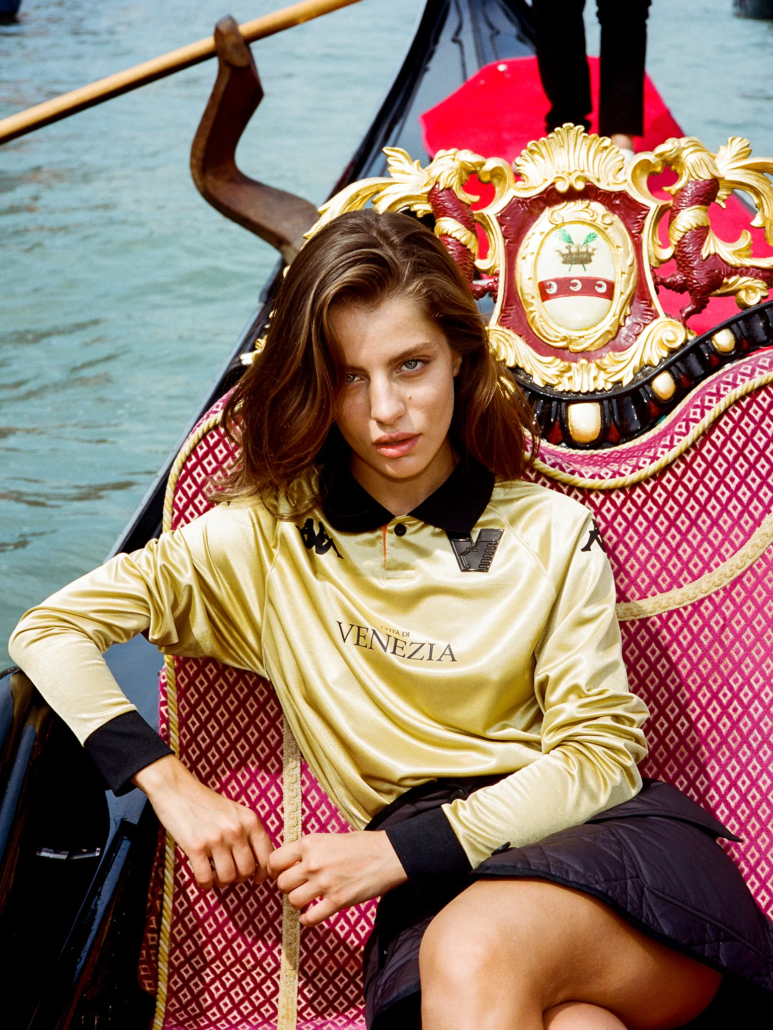
✭ On the night of 20 April 1984, Vasco was at the “Variety” disco in the company of some members of his band. He is drinking a whisky, jeans and the ever-present mirrored glasses at night, as is his look, when two young men come forward. They ask him “are you Vasco Rossi?”. He grimaces, and understands, but remains impassive. He greets cheerfully: “I’m going with these two friends, see you in a bit”. Instead, the two first take him to the barracks to search him, then extend the search to his home, a warehouse in the industrial area of Casalecchio di Reno where Vasco has also set up a recording studio.
There, the Cops found what they were looking for: 26 grams of cocaine, the leftovers of a half-kilo batch that, according to the prosecution, Vasco had bought three months earlier in Ancona.
Vasco spent 22 days (five of them in solitary confinement) at the Rocca Costanza prison in Pesaro, charged with cocaine possession and dealing. During his detention, the only artist who visited him, apart from his fellow wrongdoers, was Fabrizio De André.
On 12 May, Vasco was granted bail. He was later cleared of the drug dealing charge, but was sentenced to two years and eight months with parole for possession of drugs. About the incident vasco said: “Prison was a way to detoxify me, and also to reset myself. Until then I was convinced that I would burn out quickly and that I would die young. I told myself that from suffering one does not escape, and it was better to go all the way through life, to see how this beautiful story ends. And I am still here”.
✭ La notte del 20 aprile del 1984 Vasco si trovava presso la discoteca “Variety” in compagnia di alcuni componenti della sua band. Sta bevendo un wisky, jeans e immancabili occhiali a specchio anche di notte, come prevede il suo look, quando si fanno avanti due giovanotti. Gli chiedono “lei è Vasco Rossi?”. Lui fa una smorfia, capisce, ma resta impassibile. Saluta allegro: “Vado con questi due amici, ci vediamo tra un po’ “. Invece i due prima lo portano in caserma per perquisirlo, poi estendono la perquisizione a casa sua, un capannone nella zona industriale di Casalecchio di Reno dove Vasco ha anche sistemato una sala di registrazione.
Lì i carabinieri trovarono quello che cercavano: 26 grammi di cocaina, gli avanzi di una partita da mezzo chilo che, secondo l’accusa, Vasco aveva comprato tre mesi prima ad Ancona.
Vasco trascorse 22 giorni (di cui 5 in isolamento) presso il carcere di Rocca Costanza a Pesaro, con l’accusa di detenzione di cocaina e spaccio. Nel corso della detenzione l’unico artista che lo andò a trovare, oltre ai suoi compagni di malefatte, fu Fabrizio De André.
Il 12 maggio Vasco ottenne la libertà provvisoria. In seguito fu scagionato dall’accusa di spaccio ma fu condannato a due anni e otto mesi con la condizionale per detenzione di sostanze stupefacenti. In merito all’accaduto Vasco raccontò: “Il carcere fu un modo per disintossicarmi, e anche per resettarmi. Fino ad allora ero convinto di bruciare in fretta, di morire giovane. Mi dissi che dalla sofferenza non si fugge, ed era meglio andare sino in fondo alla vita, per vedere come va a finire questa bella storia. E sono ancora qua“
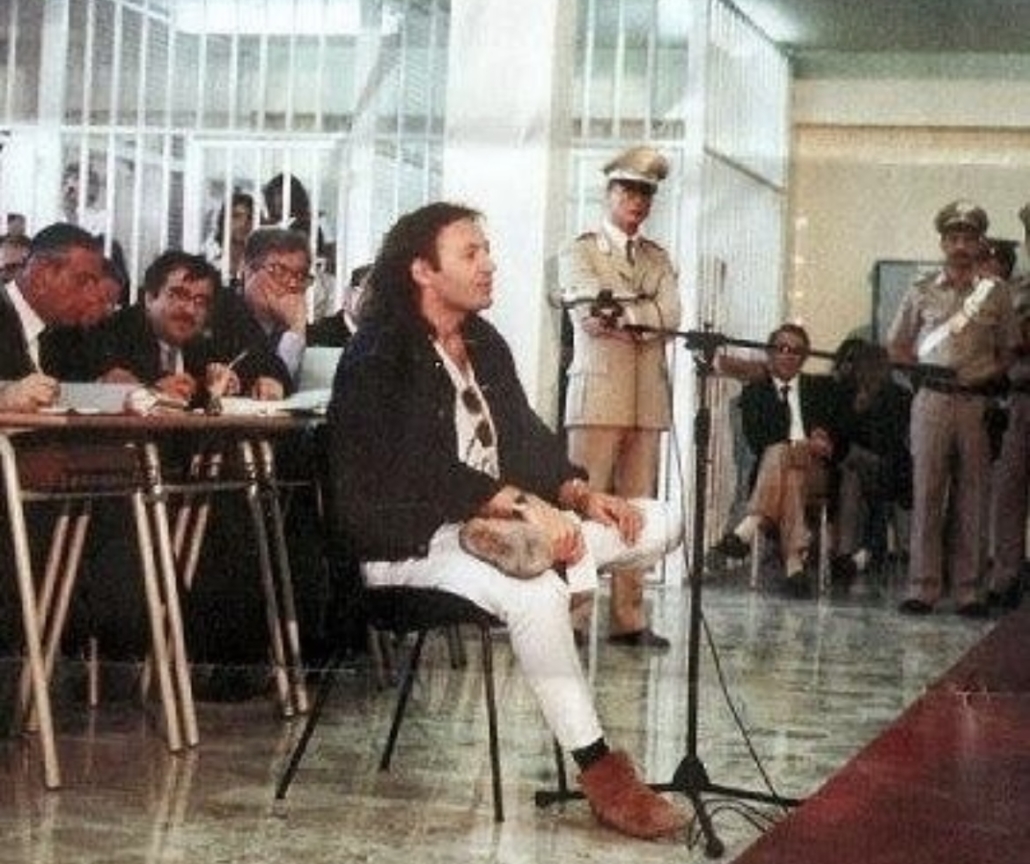
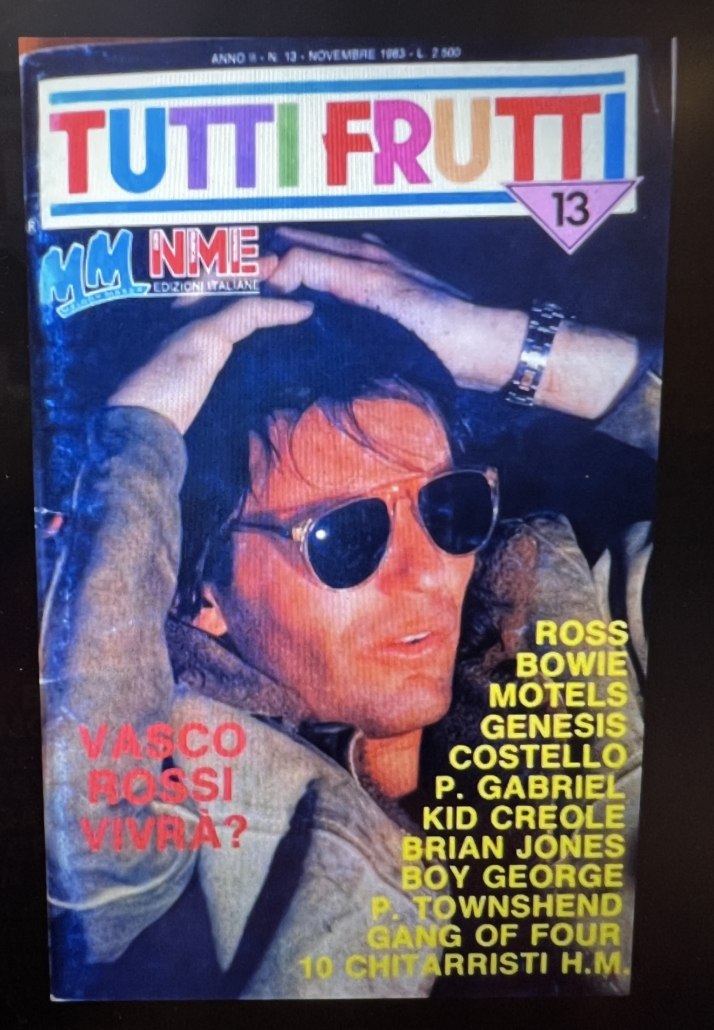
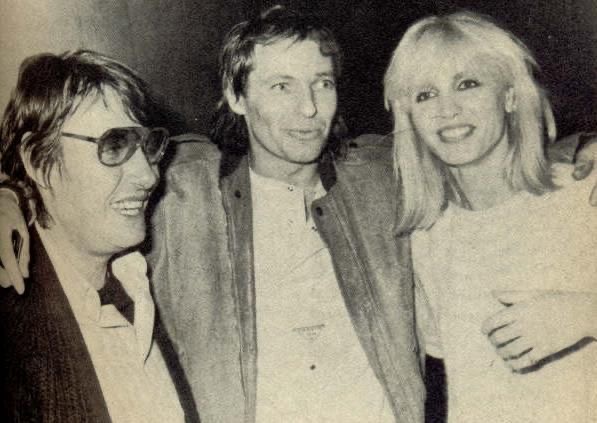
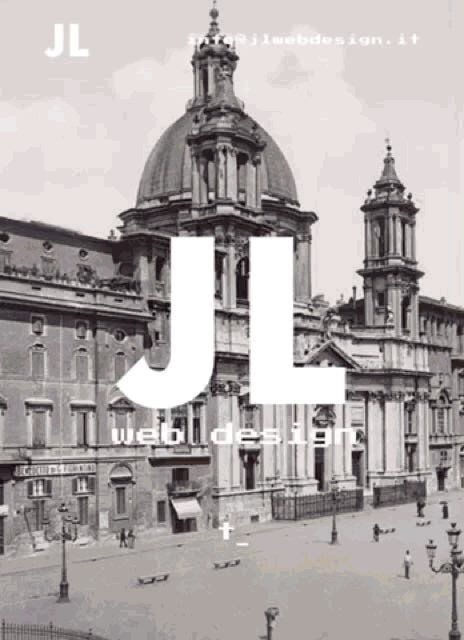
Made in Venice
www.jlwebdesign.it
✭ “He rode around on his motorbike, with a beer in his hand, he was handsome but without pretense. He was escapism, the one in “The Great Escape”, the film that swept me away. It was the desire for unbridled freedom, a man without boundaries, without fear, and full of trouble. Exaggerated and alive”. Steve McQueen is a true Vasco legend, who quoted the actor in one of his most famous songs: “Vita spericolata”. About this song there is another amusing anecdote, which Vasco himself told on Facebook: “They even asked me to translate it into German. OK, I said. When they sent me the translation, I couldn’t believe what I was reading. Instead of ‘I want a reckless life/I want a life like Steve McQueen’ there was ‘I want a reckless life/I want a life like Erroll Flynn. But can you? It’s not the same thing. They said that in Germany Erroll Flynn was like Steve McQueen in Italy. I didn’t give permission, of course”.
✭ “Lui andava in giro a cavallo della sua moto, con una birra in mano, era bello ma senza finzioni. Era l’evasione, quella de “La Grande Fuga”, il film che mi ha travolto. Era la voglia di libertà sfrenata, un uomo senza confini, senza paura e pieno di guai. Esagerato e vivo”. Steve McQueen è un vero e proprio mito per Vasco, che ha citato l’attore in uno dei suoi brani più famosi: “Vita spericolata”. A proposito di questa canzone c’è un altro divertente aneddoto, che lo stesso Vasco ha raccontato su Facebook: “Mi chiesero anche di tradurla in tedesco. Va bene, dissi. Quando mi mandarono la traduzione, non credevo a quello che stavo leggendo. Invece di “voglio una vita spericolata /voglio una vita come Steve McQueen” c’era “voglio una vita spericolata /voglio una vita come Erroll Flynn”. Ma si può? È mica la stessa cosa. Loro dissero che in Germania Erroll Flynn era come Steve McQueen in Italia. Non diedi il permesso, ovviamente”.
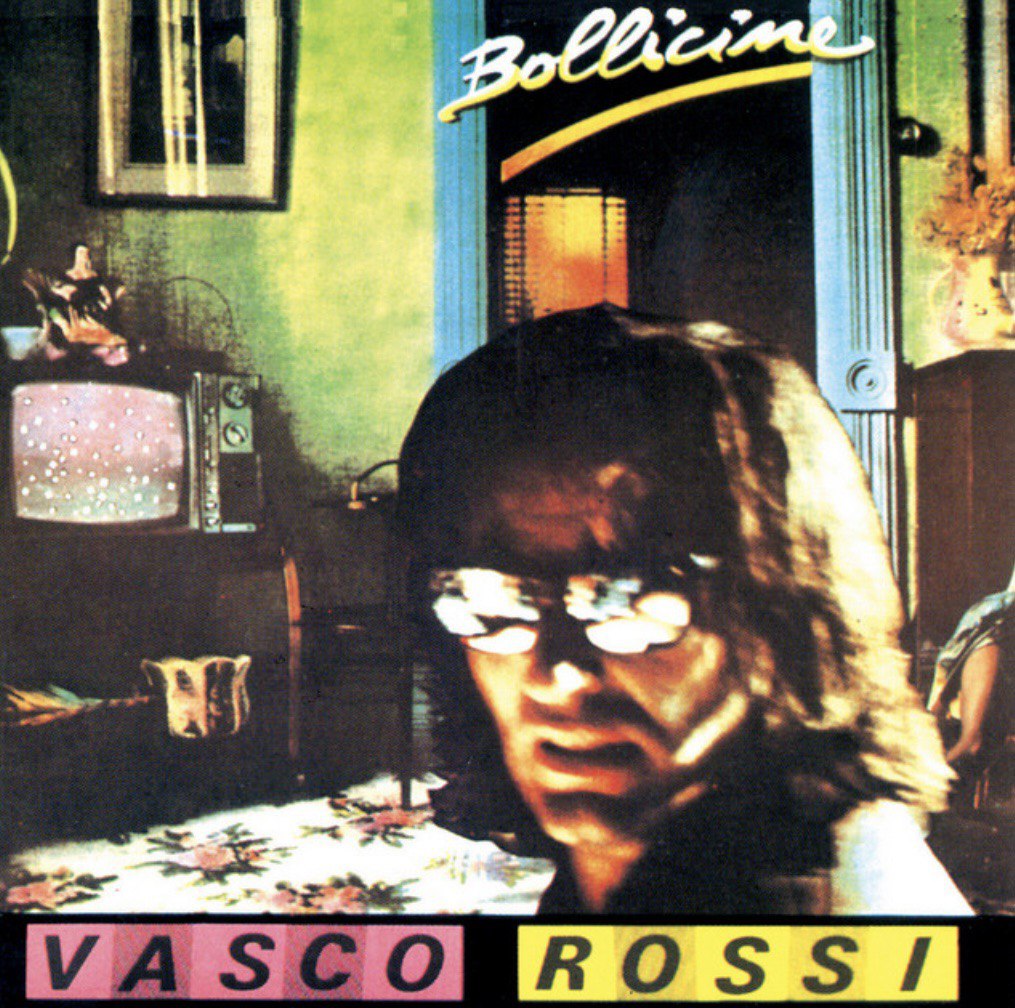
✭ Unofficial sources report that the name of the drug “Vascoman”, produced by Cheplapharm and used for the treatment of hypertension, was designed in honor of the Italian rock star.
✭ Fonti non ufficiali riportano che il nome del farmaco “Vascoman”, prodotto da Cheplapharm e utilizzato per la cura dell’ipertensione, sia stato pensato proprio in onore della rockstar italiana.

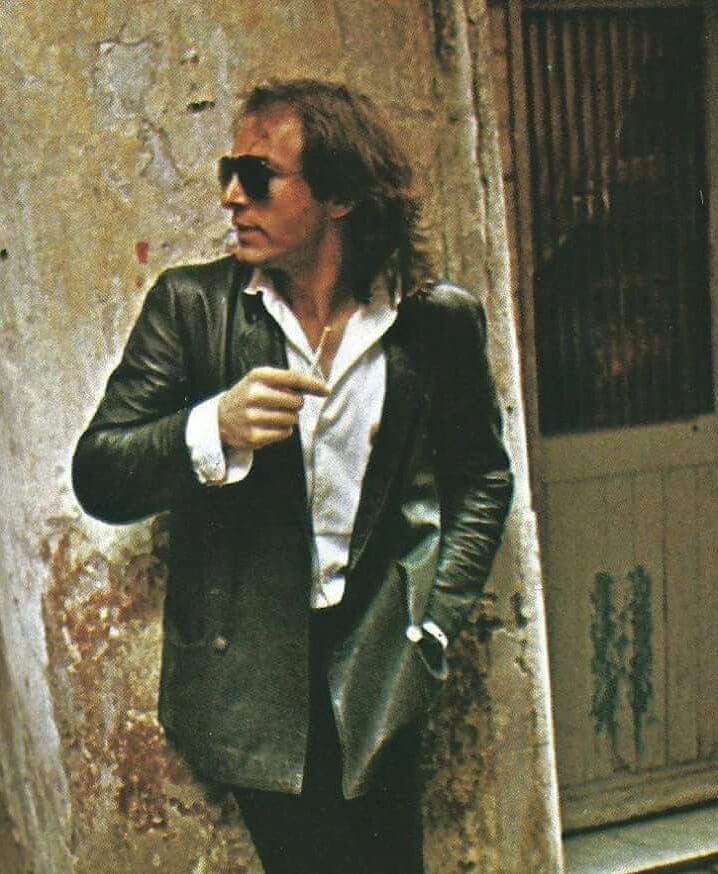
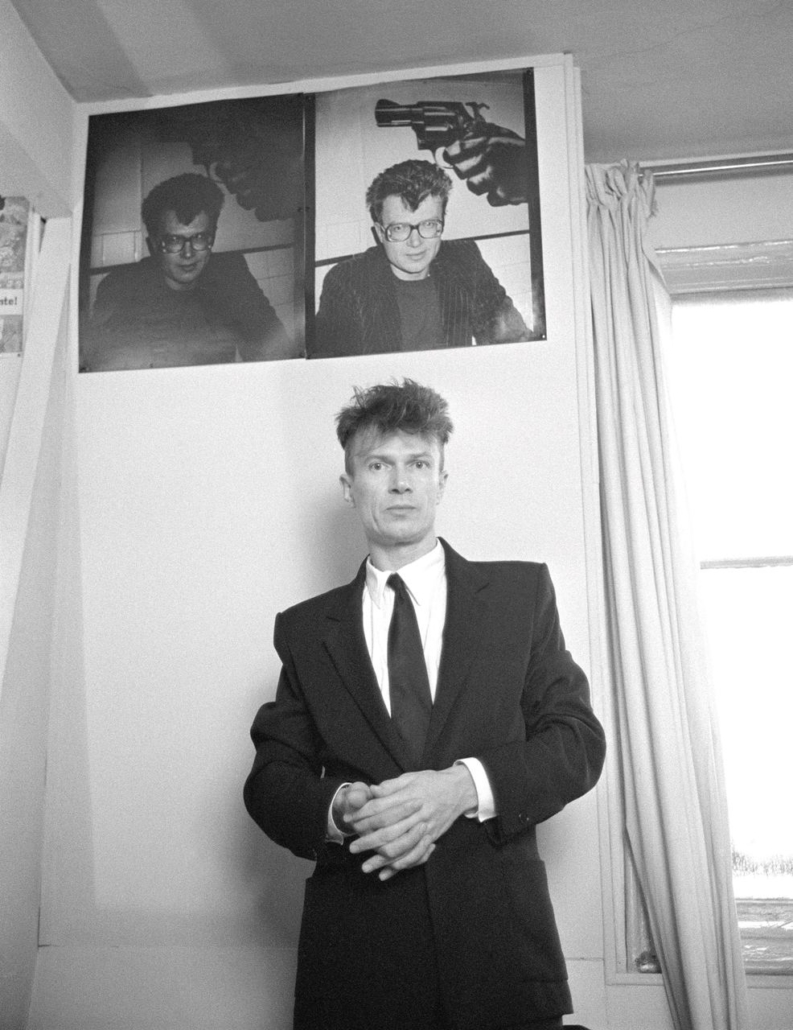
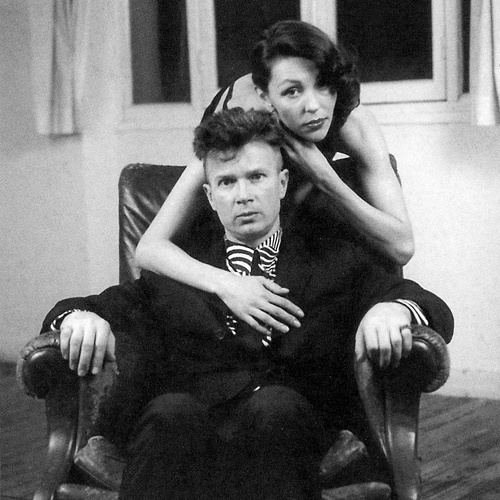
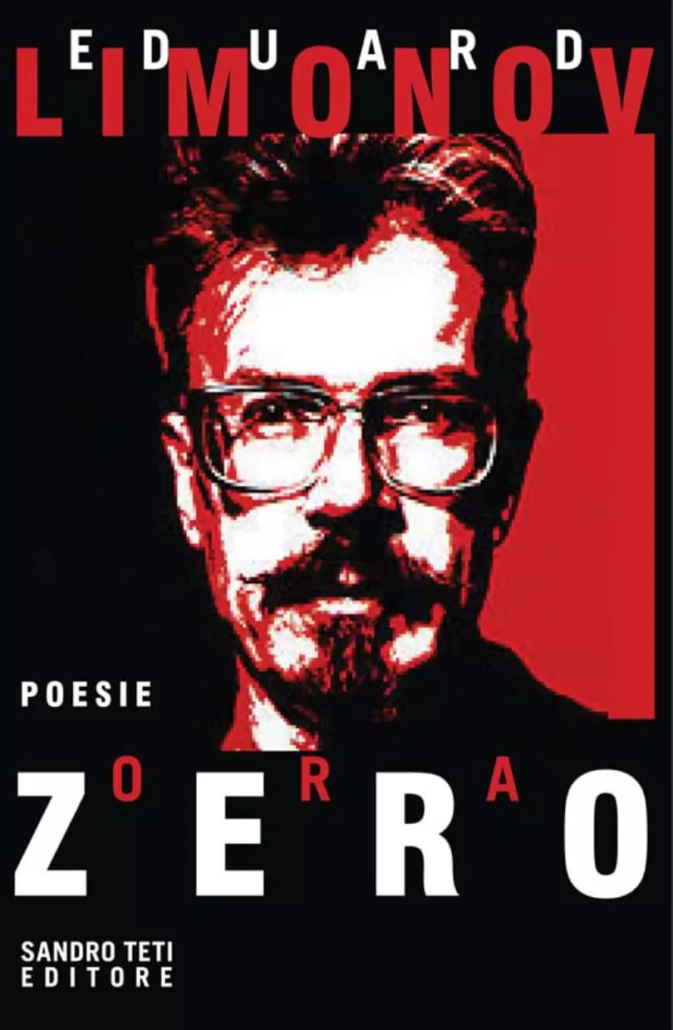
✭ Vasco’s most famous song is probably “Albachiara”. The inspiration came from a young girl, Giovanna, who used to wait for the bus to school at the bus stop near Vasco’s home in Zocca, Emilia Romagna.
Albachiara, therefore, is not Giovanna’s real story, but Vasco’s idea of her; the singer recounted that, when the girl had become older (‘of age’, the singer was careful to specify), he confessed to her that she was true that Albachiara. However, her reaction was disarming: “after thinking it was a joke, she said that Albachiara’s girl must have been much younger than her. Finally, almost offended, she ran away”.
✭ La canzone più celebre di Vasco è probabilmente “Albachiara”. L’ispirazione derivò da una ragazzina, tale Giovanna, che era solita attendere l’autobus per recarsi a scuola alla fermata nei pressi dell’abitazione di Vasco a Zocca, in Emilia Romagna.
Albachiara, quindi, non è la storia reale di Giovanna, ma l’idea che Vasco si era fatto di lei; il cantante raccontò che, quando la ragazza era diventata più grande (“maggiorenne”, tenne a precisare il cantante), le confessò che era proprio lei quell’Albachiara. Tuttavia la sua reazione fu disarmante: “ dopo aver pensato che fosse uno scherzo, disse che la ragazza di Albachiara doveva essere molto più piccola di lei. Infine, quasi offesa, scappò via”.
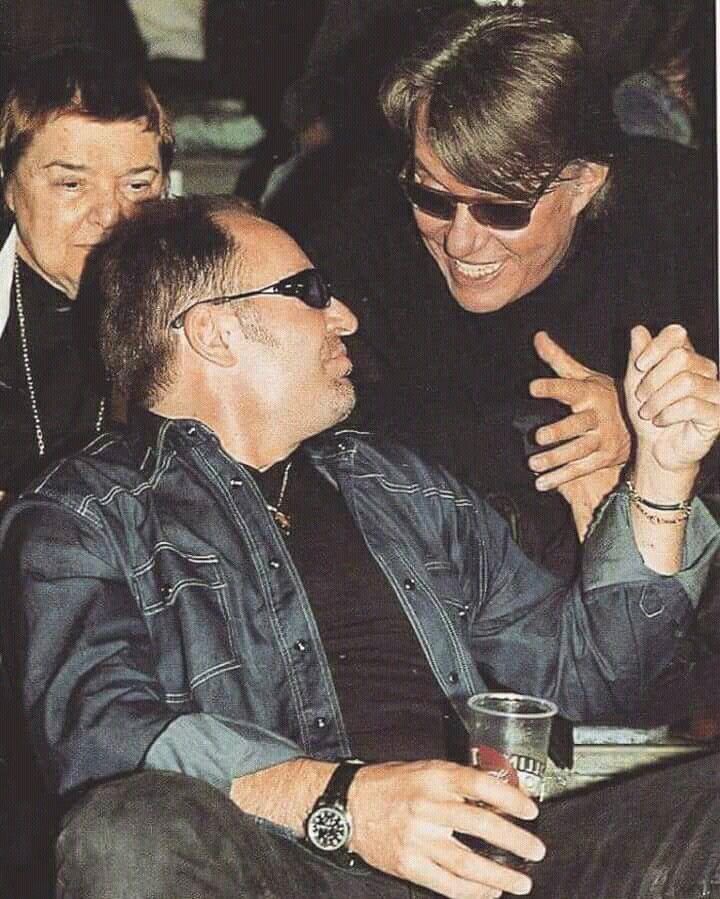
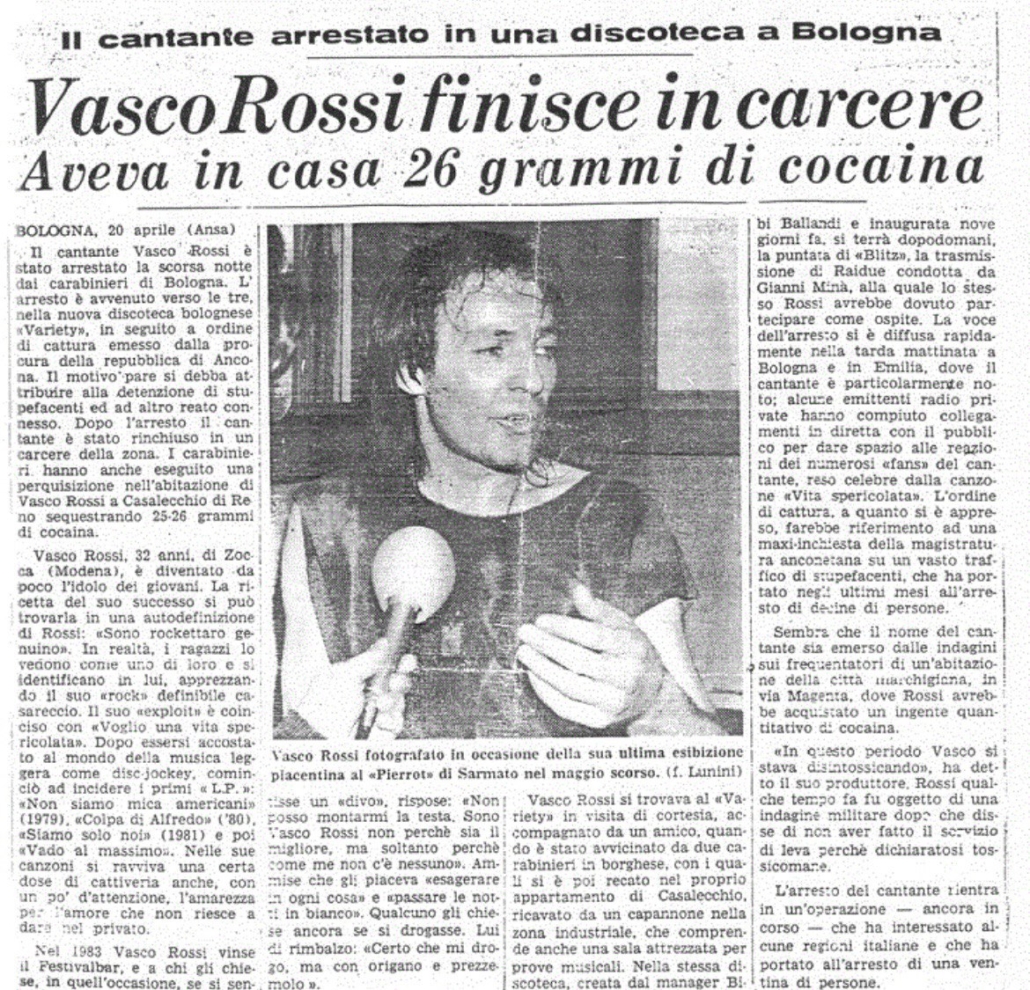
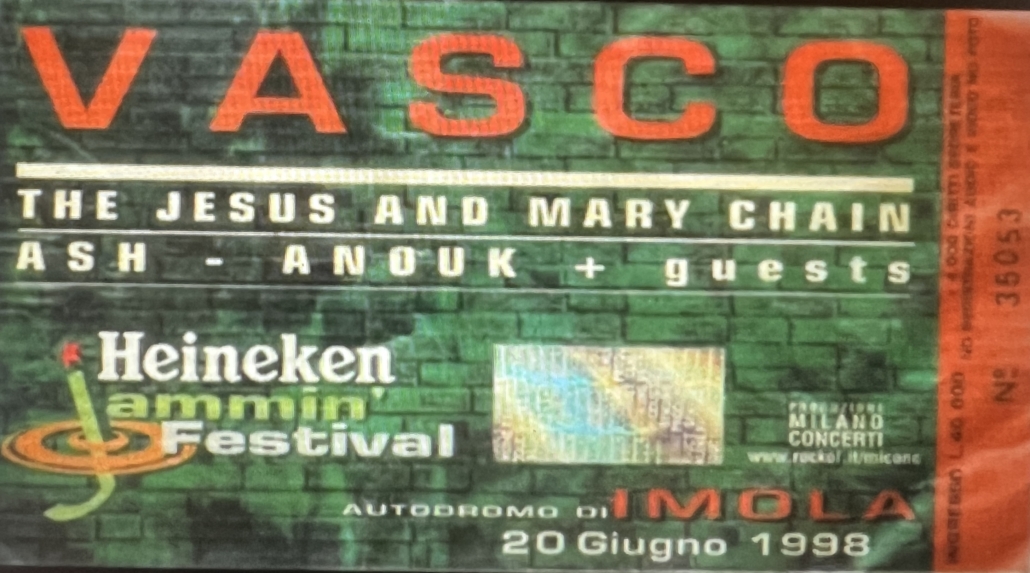
✭ On 31 May 1999, after rehearsals with Vasco and the rest of the band, Massimo Riva, the historic guitarist and a close friend of the rocker from Zocca, decided not to join the group for dinner, but to return to his flat in Bologna to watch the Juventus match, of which he is a great fan.
The following day, not seeing him turn up as usual at morning rehearsals, and knowing the problems that had been afflicting Riva for some time, the group decided to alert the guitarist’s family and then the emergency services. However, Massimo had already lost his life during the night due to a heroin overdose. A few days before his death, Riva had already suffered an overdose and in that case had been saved by his mother who, having gone in to tidy up her son’s flat, had found him unconscious on the floor but had managed to get him rescued in time.
Vasco would say of his friend: “Massimo was my younger brother he had even come to live with me, on stage he was my Keith Richards. When he left I felt a bit like a betrayal, but Massimo lived and left as he wanted to. I remember him every time, a part of him still lives inside me today, so he never left completely”.
✭ il 31 maggio del 1999 dopo le prove con Vasco e il resto della band, Massimo Riva, storico chitarrista e amico fraterno del rocker di Zocca, decide di non unirsi al gruppo per cena ma di tornare nel suo appartamento a Bologna per vedere la partita della Juventus di cui è grande tifoso.
Il giorno seguente non vedendolo presentarsi come di consueto alle prove della mattina, e conoscendo le problematiche che affliggevano da tempo Riva, il gruppo decide di allertare la famiglia del chitarrista e successivamente i soccorsi. Tuttavia Massimo aveva già perso la vita durante la notte a causa di un overdose di eroina. Pochi giorni prima della morte, Riva era già incorso in un overdose e in quel caso era stato salvato dalla madre che, entrata per sistemare l’appartamento del figlio, l’aveva trovato incosciente a terra ma era riuscita a farlo soccorrere in tempo. Vasco sull’amico dirà: “Massimo era il mio fratello minore era anche venuto a vivere insieme a me, sul palco lui era il mio Keith Richards. Quando se ne è andato l’ho vissuto un po’ come un tradimento, ma Massimo è vissuto e se ne è andato come ha voluto. Lo ricordo ogni volta, una parte di lui vive ancora oggi dentro di me, quindi non se ne è mai andato del tutto”.
✭ Vasco from the day of Riva’s death closes all his concerts with the single “Canzone”, dedicating it to his late friend.
✭ Vasco dal giorno della morte di Riva chiude tutti i concerti con il singolo “Canzone”, dedicandola all’amico scomparso.
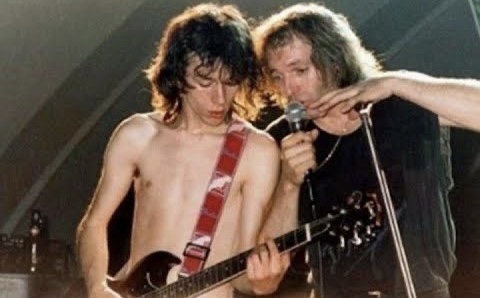
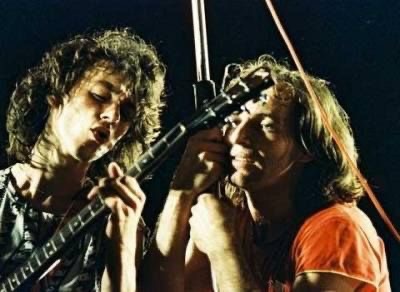
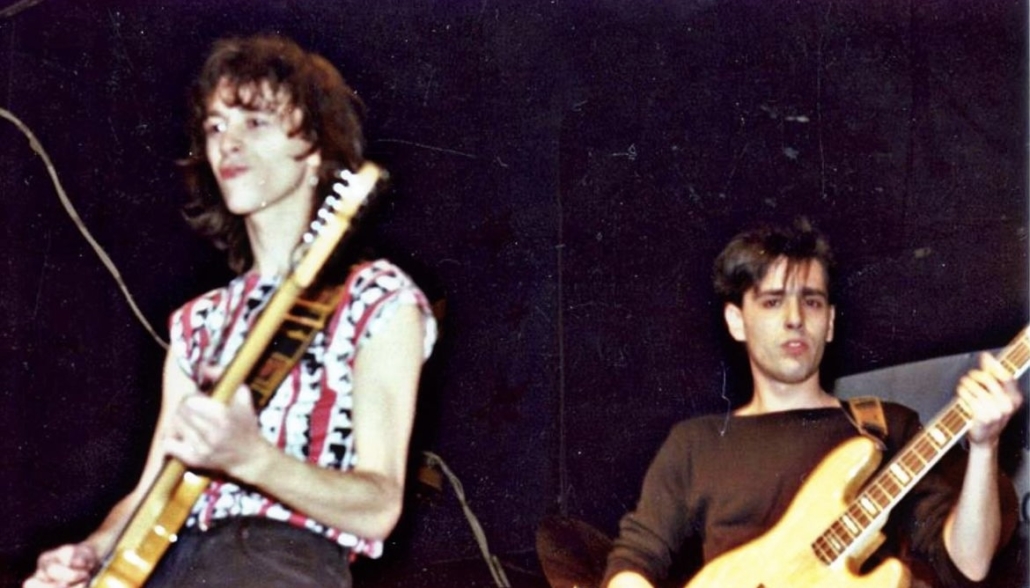
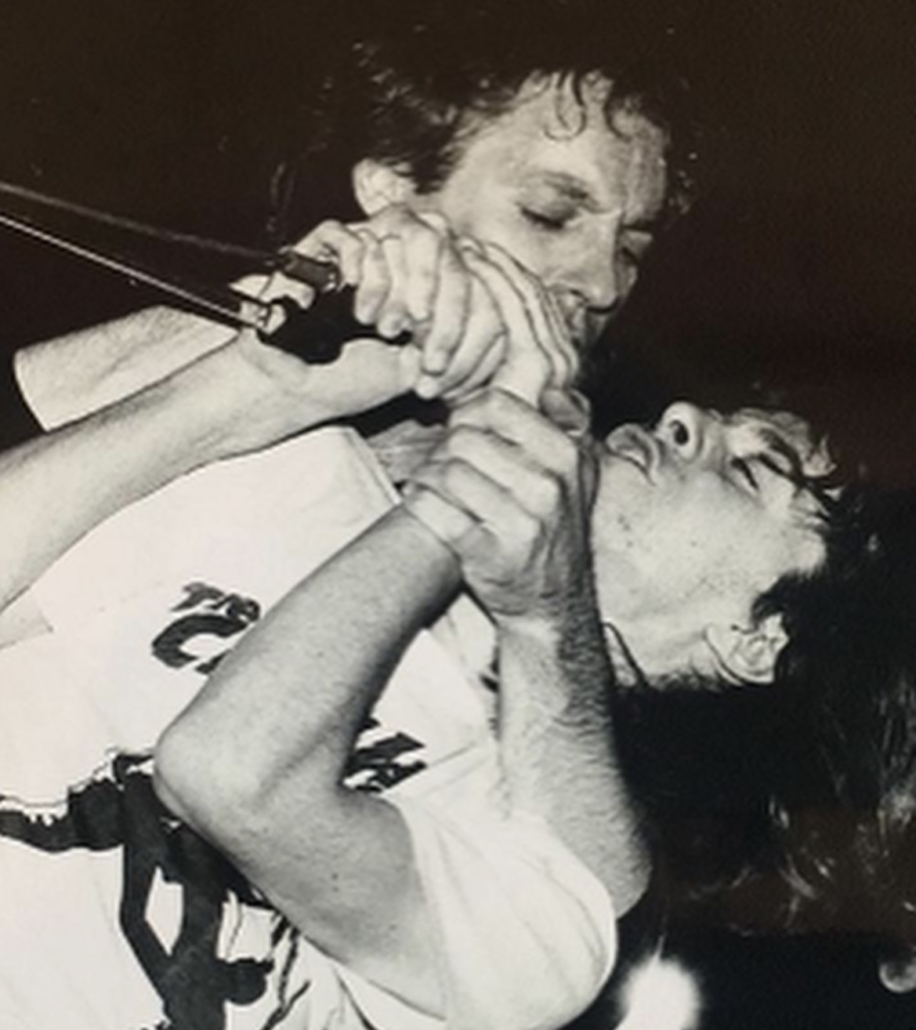
✭ The 1978 first pressing of the debut LP “… ma cosa vuoi che sia una canzone…” published by the Lotus label is considered a true holy grail among fans and collectors. The album was released with a print run of just two thousand copies, distributed mostly in Emilia Romagna and neighboring regions.
The album is unequivocally indicated by insiders as one of the rarest and most valuable in the Italian and world panorama, and nowadays the first copy in good condition has a value of between 2,000 and 3,000 euros, although it must be said that the only copy currently on sale is offered at the price of 10,000 euros on eBay.
✭ la prima stampa del 1978 dell’lp di esordio “… ma cosa vuoi che sia una canzone…” pubblicato dall’etichetta Lotus è considerata un vero e proprio sacro graal tra i fan e i collezionisti. L’album infatti è uscito con una tiratura di appena duemila copie, distribuite per lo più in Emilia Romagna e regioni confinanti.
L’album è indicato univocamente dagli addetti ai lavori come uno tra i più rari e preziosi nel panorama italiano e mondiale, e al giorno d’oggi una prima copia in buone condizioni ha un valore che oscilla tra i 2000 e i 3000 euro anche se va detto che l’unica copia attualmente in vendita è offerta al prezzo di 10.000 euro su eBay.
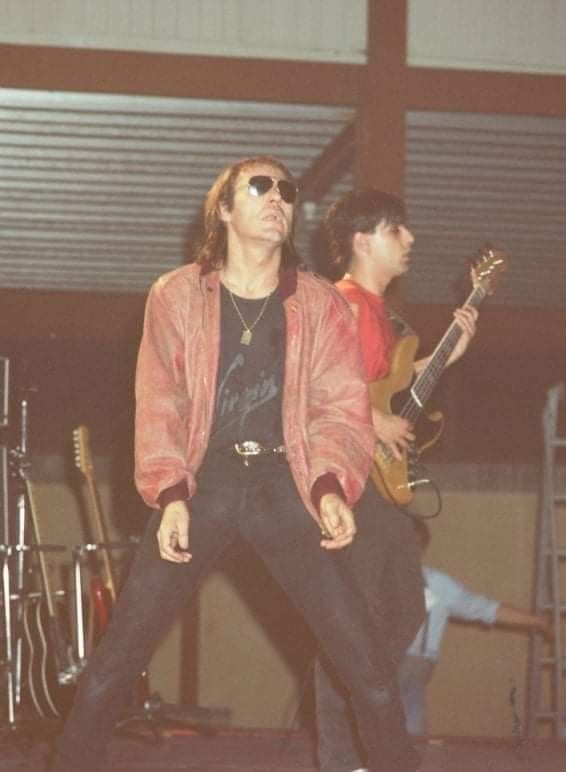

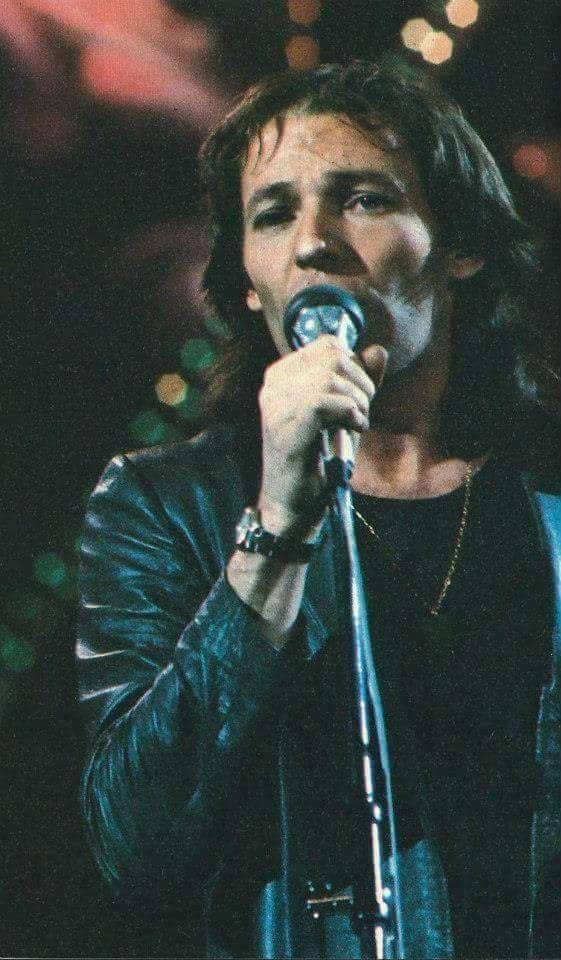
✭ In 1982, Vasco took part in the Sanremo festival with the single “Vado Al Massimo”, finishing in fourth place, contrary to the urban legend that would have him last. In the lyrics, a reference is made to the Venetian journalist Nantas Salvalaggio (“better to risk than to become like that guy who writes in the newspaper”), who had previously criticized the artist.
Here are the historical facts: it is 14 December 1980, Vasco is on the television show “Domenica In” from the Bologna Motor Show and performs “Sensazioni forti”, taken from the album “Colpa d’Alfredo”. A few days later in the weekly magazine “Oggi” comes the article by Salvalaggio, a very prestigious signature, with a very heavy and unequivocal title: “Even on TV there is free Heroin”!. In the infamous article we read: “But then, like a handful of shit in my face, a “little band” appeared that I would gladly assign to permanent tours in Siberia, Alaska and Tierra del Fuego. The star of this “ensemble”, who could not be more complex than that, is a certain Vasco. Vasco de Gama? no, Vasco Rossi… to describe him I would need the pen of a Grosz, of a Maccari: a handsome idiot, or better yet, a rather ugly idiot, shaky on his legs, with the smoky glasses of the zombie, the alcoholic, the ‘stoned’ junkie”.
✭ Nel 1982 Vasco partecipa al festival di Sanremo con il singolo “Vado Al Massimo”, classificandosi al quarto posto, al contrario della leggenda metropolitana che lo vorrebbe ultimo classificato. Nel testo viene fatto un riferimento al giornalista veneziano Nantas Salvalaggio (“meglio rischiare che diventare come quel tale che scrive sul giornale”), che aveva in precedenza criticato l’artista. Questi i fatti storici: è il 14 dicembre 1980, Vasco è in collegamento con Domenica In dal Motor Show di Bologna ed esegue “Sensazioni forti”, tratta dall’album “Colpa d’Alfredo”. Qualche giorno dopo sul settimanale Oggi arriva l’articolo di Salvalaggio, una firma molto prestigiosa, dal titolo pesantissimo e inequivocabile: “Anche alla TV c’è l’”ero” libera”!. Nel famigerato articolo si legge: “Ma poi, come una manciata di guano in faccia, è apparso un “complessino” che io destinerei volentieri a tournèe permanenti in Siberia, Alaska e Terra del Fuoco. Il divo di questo “complesso”, che più complessato di così si muore, è un certo Vasco. Vasco de Gama? Ma no, Vasco Rossi… per descriverlo mi ci vorrebbe la penna di un Grosz, di un Maccari: un bell’ebete, anzi un ebete piuttosto bruttino, malfermo sulle gambe, con gli occhiali fumè dello zombie, dell’alcolizzato, del drogato fatto“.
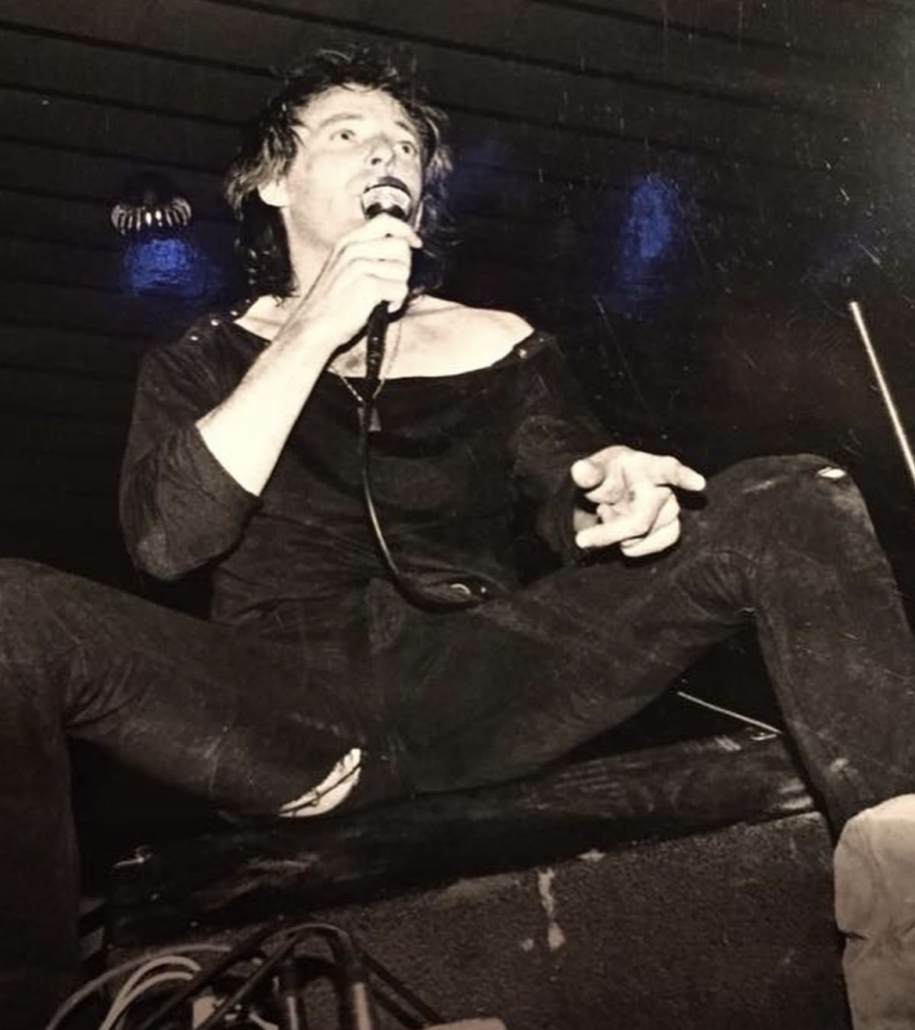
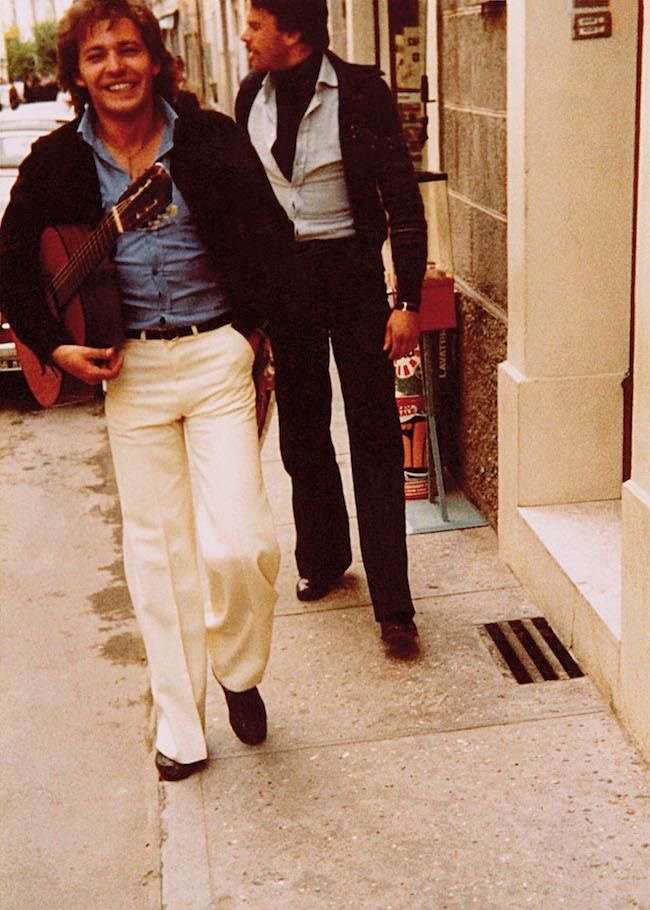
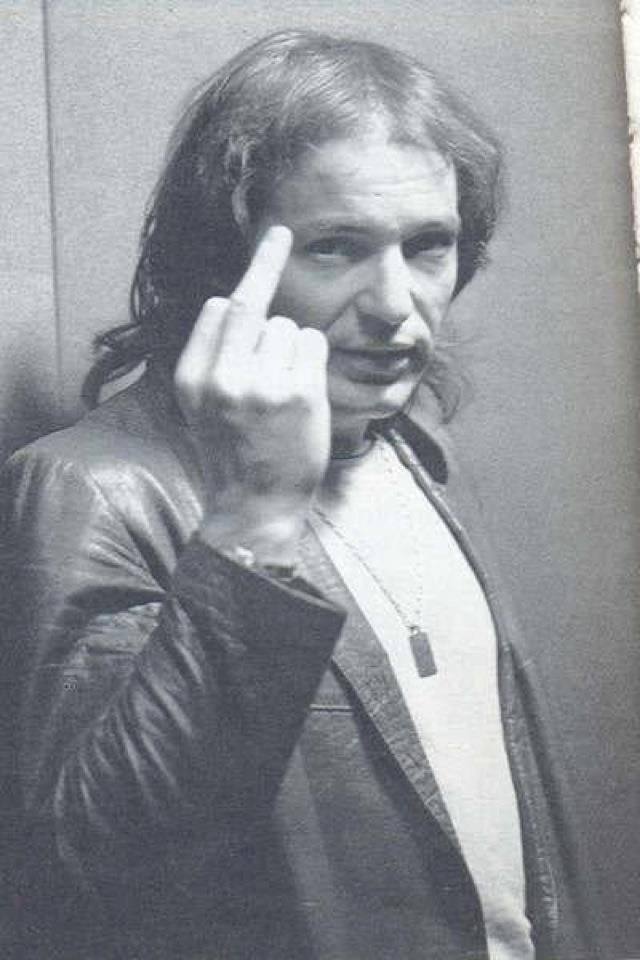
✭ On the tune of the song T’immagini, the fans of the Curva Sud of Venezia FC sing “T’immagini, se fosse sempre domenica / e le trasferte libere / e se l’Unione fosse prima in classifica.” Unione is one of the nicknames of the Laguna team, a nickname due to the 1987 merger between the Mestre and Venezia teams. The colors of Venezia FC are currently orange, black, and green, this being the union precisely of the social colors of the two clubs, orange-black and orange-green respectively.
✭ Sulle note della canzone T’immagini i tifosi della Curva Sud del Venezia FC cantano “T’immagini, se fosse sempre domenica / e le trasferte libere / e se l’Unione fosse prima in classifica“. Unione è uno dei soprannomi della squadra lagunare, un nickname dovuto alla fusione avvenuta nel 1987 fra la squadra del Mestre e quella del Venezia. I colori del Venezia FC sono infatti attualmente arancione, nero e verde, questo in quanto unione per l’appunto dei colori sociali delle due società, rispettivamente arancio-nero ed arancio-verde.


